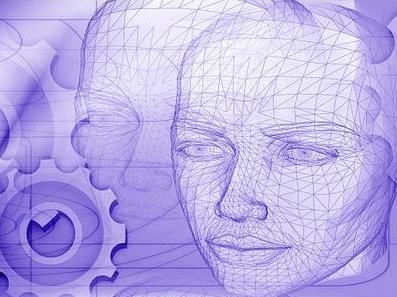Image via Pixabay
It’s called the Fourth Industrial Revolution – the period when the internet of things links the cyber and physical worlds. The lines between the physical, digital, and biological spheres will get fuzzy. Robots will take over many of the jobs held by people and algorithms will be our key decision-makers.
This Revolution promises to complete change the economic and social structure of our society, just as the world was changed by the First Industrial Revolution (steam and mechanics in the 1780s) , the Second Industrial Revolution (mass production in the 1870s) and the Third Industrial Revolution (electronics from the 1970s),
For many workers it’s a frightening prospect and the arts are not immune. Galleries are experimenting with robot guides and smart apps are replacing actors in some contexts.
Read: Your next gallery guide is a robot
Read: Rise of the robotic actor
But the good news for creative types is that the World Economic Forum believes your qualities are going to be much more highly valued in five years than they are now.
‘Creativity will become one of the top three skills workers will need. With the avalanche of new products, new technologies and new ways of working, workers are going to have to become more creative in order to benefit from these changes.‘Robots may help us get to where we want to be faster, but they can’t be as creative as humans (yet),’ writes Alex Grey, Senior Writer for the World Economic Forum.

While the increasing emphasis on creativity is good news for those in the arts, arts, design, entertainment and media jobs are expected to decrease increase as a proportion of the workforce.
Creative people will increasingly be using their skills in business rather than in arts jobs.





